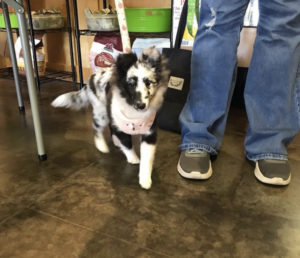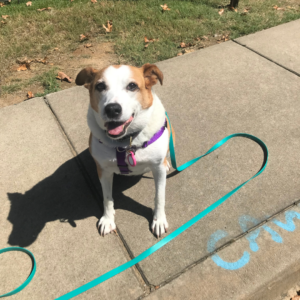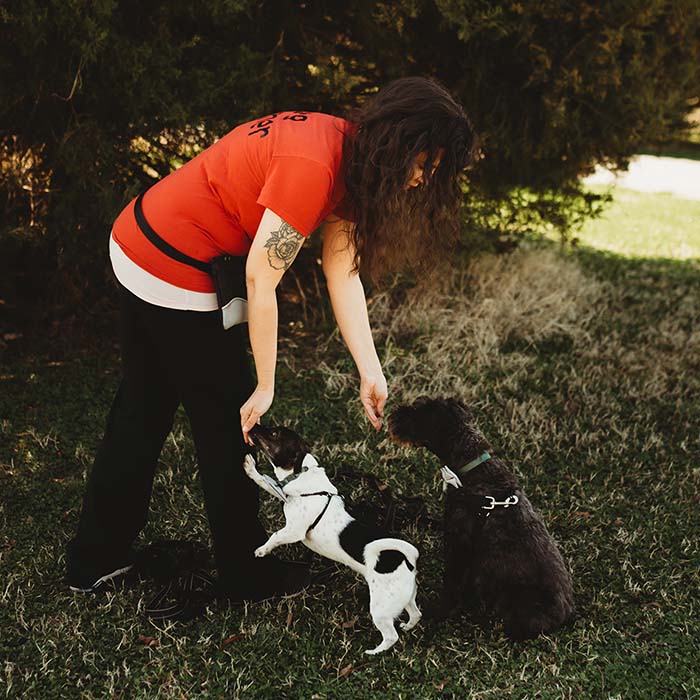Alphabet Soup
There are a lot of letters and shingles out there for dog trainers
I wanted to look at the letters that people throw behind their names when it comes to dog training. Mine are now: CPDT-KA, which means, Certified Professional Dog Trainer, Knowledge Assessed. As of October 2020, you can see my listing on the Certification Council for Professional Dog Trainers (CCPDT) website.
I wanted to become a certified trainer because of the strenuous requirements that show I am constantly learning and developing my skills according to a set standard, and that I am treating my clients with respect and care. After I failed the first time, I wanted to try again after working on my weak spots because I believe the certification is a way for me to progress and bring value to my clients, particularly in a field with no regulation.
It all started three years ago, in 2017, when I joined the Philly Unleashed team and started working as an intern at Farmcamp in Southern New Jersey. Professional, to me, just means that I earned actual money while doing the thing. And boy, did I.
I assisted with six classes a week and worked three to four days on the farm, handling a whole lot of dogs, including a lot with behavioral issues. Being paid to learn and train is not the norm for most people trying to become a dog trainer. Most of the time, internships are unpaid, just like most other fields, or there are educational routes that can cost a few thousand dollars. Philly Unleashed had a special set up, and it was really the only way I could have become a dog trainer later in life, needing money and whatnot to live.
As most know, dog training is an unregulated field. Anyone can “put up a shingle” as they say, and start working as a dog trainer. All they have to do is find clients, and if they’re charismatic and/or confident, they usually can.
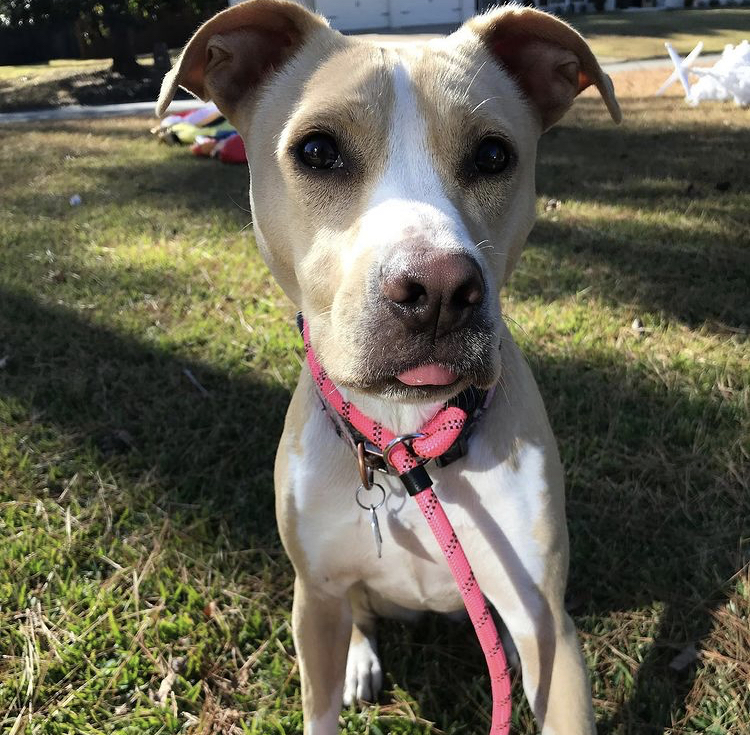
Philly Unleashed has a really great structured process that walks employees through all of the steps to becoming a certified professional dog trainer. They also build into it all the ways that people think they know dogs, as I did.
I thought I’d done all of the research and knew all of the things when I became a dog training intern, because at that point, my dog Jeeves was five years old, and we’d been through all of the classes, including earning a Canine Good Citizen title. I learned very quickly how little I knew. It was not only learning a whole new language, but creative problem solving and moving my body in a way that made my head hurt for the first six months. I had to learn multiple ways to teach the same cue, and figure out how a particular dog was motivated – was it kibble, praise, play, treats, cheese, or peanut butter?
Because I am a little older than most trainers are when they first start professional training, it was a detriment at first. If I had been able to become a dog trainer when I was in my early twenties, I would have been so much more advanced by now, at age 33. But also, because I did become a trainer later on, I understand a bit more of the difficulties and complexities of learning something new, and it helps me break things down for my clients.
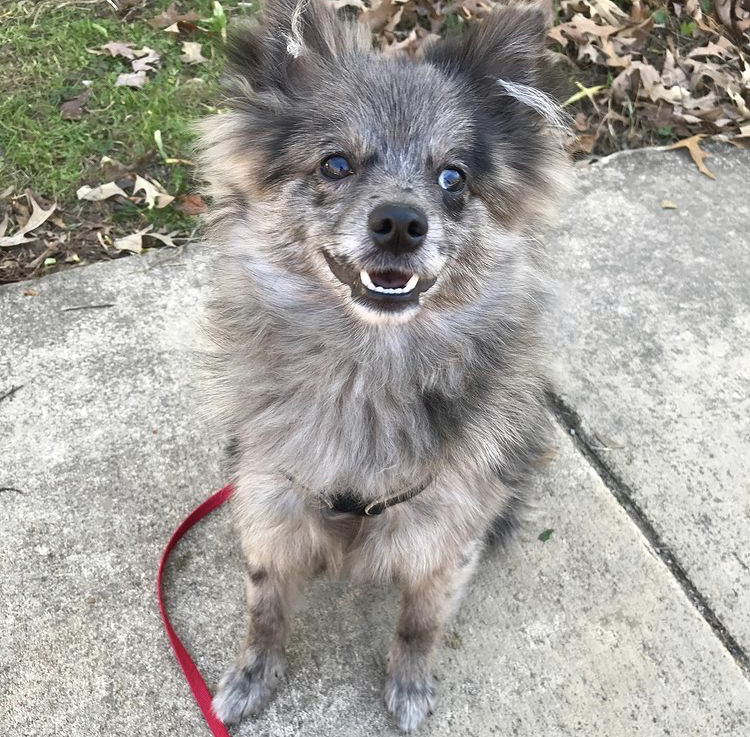
Dog training is hard.
Like Nicole Skeehan, the owner of Philly Unleashed, likes to say, it’s simple but not easy.
And it’s tricky trying to find a dog trainer. Does the alphabet soup behind their name really matter? Let’s take a look at a few of them.
KPA has 1,814 certified trainers, with the designation DTP, Dog Trainer Professional. Karen Pryor Academy is a fun one because it’s super technical, using clicker training as a foundation. I don’t personally teach with clickers, although I’m happy to teach clients in private lessons, because I’ve found that clickers, plus treats, plus leashes, plus everything else can be a lot to expect people to handle. But it is an excellent advanced skill to have, and Karen Pryor has a lot of fantastic resources for folks to continue learning.
This program boasts Ken Ramirez, the EVP and Chief Training Officer, a very innately skilled trainer who often offers a lot of additional value through resources like weekly interviews. I have his book, Better Together, which is a fantastic anthology of information from various trainers.
KPA also helps people learn to train other people AND their dogs while helping them build a business, which are all three very distinct but interwoven skills. KPA is a six-month program that costs $5,300 as of writing this, which is on par for an educational course like this.
Association of Professional Dog Trainers
I want to point out, because I often see the Association of Professional Dog Trainers’ logo on quite a few websites, that being a member of this association is not at all like being certified. Anyone interested in learning more, connecting with others, or even just getting started on their dog training journey, can pay a fee to join the association, even the professional level designation. I am a member of the APDT, and I became a member before I was certified. The definition of association is just multiple people gathering together under a common cause or interest, and that’s what the APDT does. Having these initials after a name doesn’t indicate formalized training or certification, but it is an excellent resource. In fact, they include some good information on how to become a dog trainer.
International Association of Canine Professionals
The IACP is a good example of how an association can also offer a professional certification. This program offers the letters IACP-CDPT, or Certified Dog Trainer certification (IACP-CDT). This means at least two years of experience with dog training and at least six months being a member of the IACP. There is also a CDT exam, which, after passing, means the dog training candidate can take the CDTA, or Certified Dog Trainers Advanced exam, which requires a video evaluation of skills, which is a cool element to include. Book learning doesn’t always mean skills have been absorbed (or vice versa).
Those who learn through the Animal Behavior College can expect to pay anywhere from $3,399 to $5,547 to earn the letters ABCDT, or Animal Behavior College Dog Trainer. This program starts with book learning, then moves onto hands-on work and job shadowing. Some people learn best this way, but I personally found it was best to go the other way – learn the hands-on stuff under the eye of an experienced trainer and then learn all of the learning theory behind it all, which is how I did it through the CCPDT.
Certification Council for Professional Dog Trainers
The CCPDT is one of the most popular ways to become a dog trainer and has 3,827 certified trainers. It offers two different ways to get those letters: CPDT-KA and CPDT-KSA. I am a KA, or knowledge assessed trainer. This means that I’ve documented over 300 hours (I have over 1,000 hours currently) of dog training within the past three years, I passed an exam of 250-questions, I submitted an attestation statement from a CPDT member or veterinarian, and I signed a code of ethics. The CPDT-KSA (Knowledge and Skills Assessed) is an extra level that includes all of the KA stuff, plus submitting video. To maintain both certifications, continuing education units are required, or the test must be retaken every three years. The exam itself costs $385, and since I failed the first time, I had to pay that fee twice, which was a bit of an “oof” moment for me. I first took the test in the spring of 2019, as I’d gotten my hours my first year as a dog trainer. The skills side of things was never in question for me.
It was all of the book stuff that got me, especially as I was coming out of a very emotional, challenging work environment, and I was not in the right headspace to take the test. I wanted to share that I failed the first time as well because it’s human to fail. I have a lot of clients who are very hard on themselves, and I try to coach everyone through that while also letting them know that yes, they can do it. You can fail or mess up with your dog and try again.
My failing the test the first time wasn’t an indicator of how good of a dog trainer I am. It meant that I needed to study more and then try again.
Simply put, training is communication. Do you need your dog to learn something, or do you need to get the source of complex aggression, reactivity, or anxiety? While there can be overlap between training and behavior, teaching a dog to walk without pulling on a leash is a different thing than figuring out why a dog might be shaking uncontrollably. And shaking uncontrollably might be a medical issue, not a training issue.
While there is a lot of overlap between behavior and training, behaviorists or behavior consultants are a bit different than dog trainers, and often have advanced degrees.
The Spruce Pets has a great break down on trainers versus behaviorists.
Do you need someone who knows behavior inside and out or is training enough for you and your dog? Well, the most simple answer is that you probably have to have some conversations first. I have several other trainers that I refer to when I have a client who may be outside my wheelhouse of expertise (and not all trainers can help with everything!).
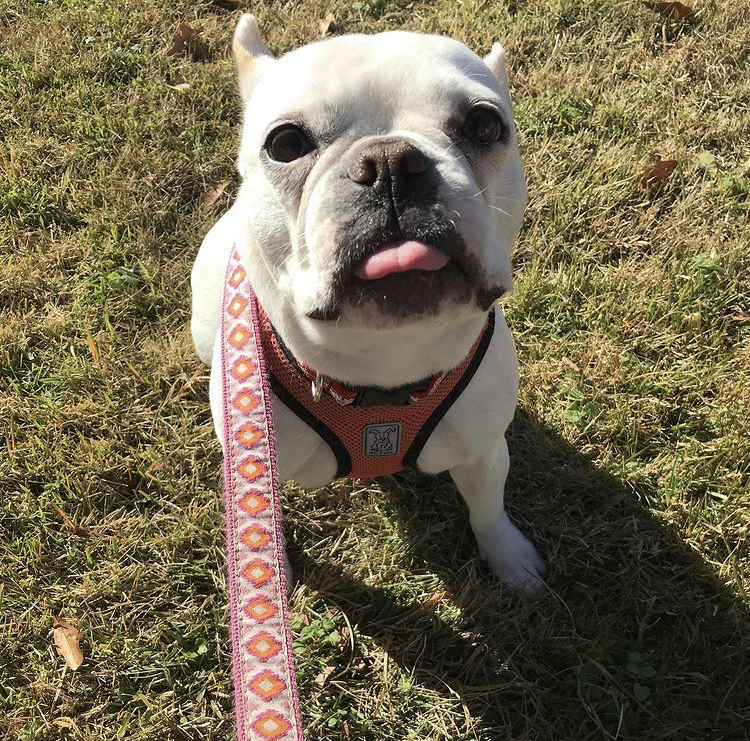
Simply put, an animal behaviorist should have formal, advanced education, and can be considered a pet psychologist. They understand abnormalities in behavior and can help owners understand their dog.
A veterinary behaviorist is more of an animal psychiatrist. Most veterinarians can assist with medication, but a veterinarian who specializes in behavior will also be able to help with behavior modification and provide a plan moving forward to manage and adapt the behavior.
As always, you should start with your veterinarian anyway if a new behavior develops suddenly. A lot of issues, including biting, can stem from pain.
In general, behaviorists should have formalized training and be well equipped to handle your need. Do your research and ask a lot of questions to make sure you’re well on your way before you let anyone handle your dog.
Last of all, how does experience play into being a dog trainer? It can mean a great deal, but without ongoing learning of new methods and how science impacts what we currently think we know, experience only widens their world as big as the trainer allows it to.
All trainers should be constantly reading, learning, and growing in their skills as a dog trainer. What we think we see, from a human perspective, in dogs doesn’t always reflect what is actually happening, which is why we need to consume the experiences and expertise of others through books, seminars, videos, and podcasts.
Even if you see the letters behind a dog trainer’s name, find the directory they should be listed in and make sure they’re still in it. It’s easy to let a certification expire. Or, like hanging out a shingle, anyone can throw letters behind their name. Questions always make the shingles fall. If you can’t find an organization connected to the letters, then ask the trainer about them. They should be able to clearly explain.
Were you aware of certifications? Are they important to you regarding dog trainers? Share below or shoot me an email at info@telltaildogtraining.com. Telltail Dog Training offers group classes and private in-home lessons in the Little Rock area, along with training walks for current clients. Find Telltail’s podcast here, or find additional information on Instagram, Facebook, and YouTube.


